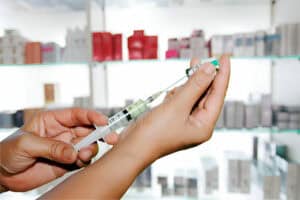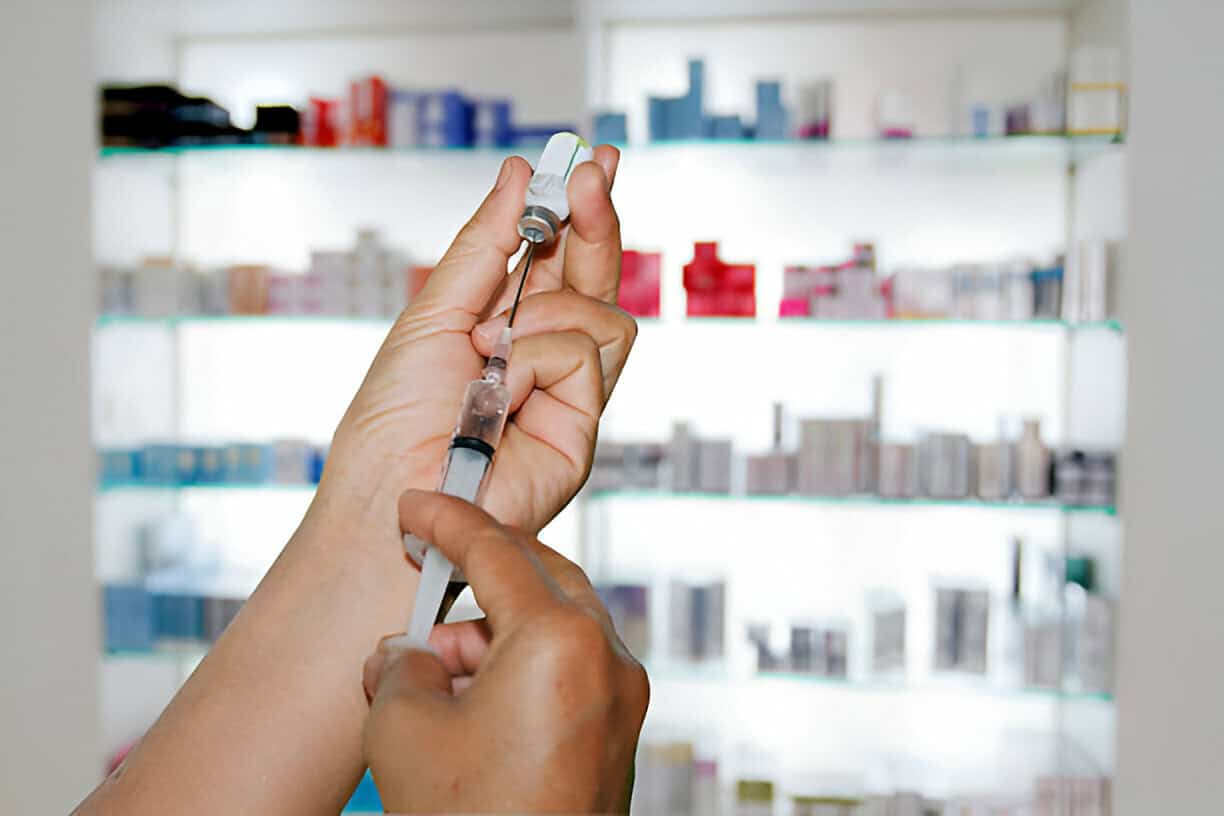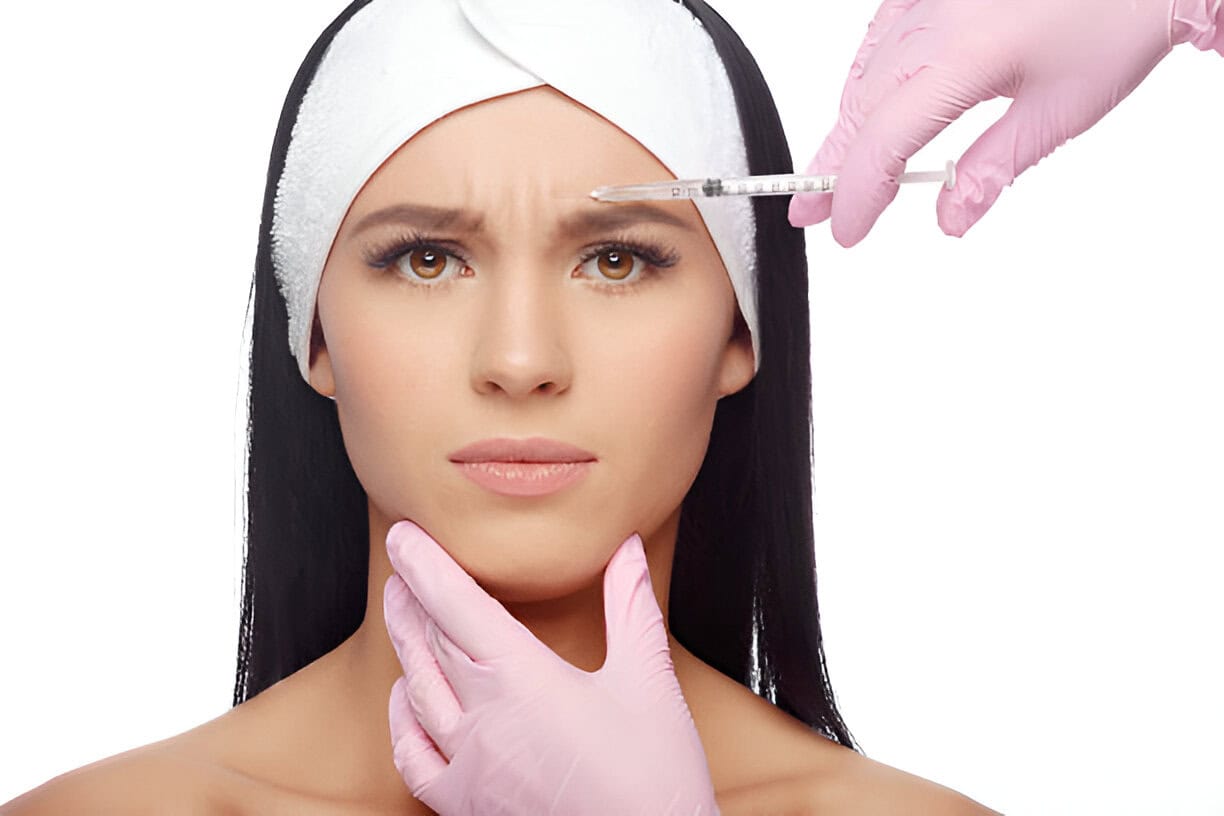Dermal fillers are in high demand because they provide a non-surgical approach to improving facial features and combating aging. However, counterfeit fillers have increased in popularity, posing significant consumer hazards. Knowing the difference between genuine and fake ones is critical for anyone considering these treatments
One of the best preventive measures one should consider before anything else to avoid fake dermal fillers is to know your injector. There are injectors out there who are injecting after only taking a two-day training, and their lack of expertise and knowledge of anatomy is harming the industry. Always cross-check the aesthetic clinic’s legitimacy and your injector’s.
Lisa is a medical professional with over 24 years of experience in medical skin care, including expertise in neuromodulators, dermal fillers, laser skin treatments, microneedling, and professional-grade peels. Here’s a guide to identifying a counterfeit filler and protecting yourself from harm.
Understanding Dermal Fillers
This filler is a gel-like substance injected beneath the skin to replenish lost volume, smooth wrinkles, soften creases, and improve facial contours. Famous brands include Juvederm, Restylane, and Radiesse, which have been FDA-approved and tested for safety and efficacy. Counterfeit fillers, unlike their authentic counterparts, frequently contain unregulated and hazardous ingredients, posing negative impacts and health hazards replicating the authentic ones.
Identifying a Fake Product
1. Check the source
- Legitimate Sellers: Ensure reputable sellers are licensed and certified. Only seek treatment from recognized clinics and practitioners who use items from the manufacturer or authorized distributor.
- Authentic fillers are not sold online, on fake websites, internet markets, or social media channels.They are only sold to MD’s or injectors associated with an MD. Make sure to verify the manufacturer’s official website, you’ll rarely see their websites crashing or leading to a 404 error.
2. Package Verification
- Brand Authenticity: Ensure consistent, high-quality packaging for brand authenticity. Genuine fillers are sold in sealed, tamper-evident packages with holographic stickers, batch numbers, and expiration dates. Counterfeit products may contain misspelled words, low-quality printing, or missing information.
- Lot Number and Expiration Date: Locate the lot number and expiration date on the packaging. These should correspond to the clear labeling on the bottle or syringe inside.
3. Consultation and Documentation
- Informed Consent: During the consultation, a trustworthy practitioner will disclose extensive product information, such as the brand, components, and potential adverse effects. The patient should also give informed consent before starting the treatment.
- Documentation: During the consultation, request to see the product’s box. Genuine products come with extensive paperwork, including usage directions and safety precautions.
4. Product Pricing
- Too Good to Be True: This could be a warning flag if the filler procedure costs much less than the market rate. The research, development, and manufacturing processes make selling authentic fillers expensive. Unreasonably low costs are a good example of counterfeit or diluted items to exploit unsuspecting buyers.
5. Practitioner Expertise
- Qualified Professionals: Confirm that the practitioner is a qualified and experienced professional. They should be certified in cosmetic procedures and have a proven track record of executing filler treatments using the correct product.
- Transparency: Credible practitioners or plastic surgeons like Lisa Rux will be open about their products, methods, and any unfortunate downside. The seller’s response must also be considered; they should also be willing to discuss any issues you may have.
Recognize Adverse Effects
Even genuine products may have adverse reactions, such as swelling, redness, and bruising at the injection site. Severe reactions, including chronic pain, infection, allergic reactions, or blood vessel problems, may suggest using potential counterfeit dermal filler. If you encounter any of these symptoms, seek medical attention immediately.
Reporting Fake Products
If you have encountered fake filler, notify the appropriate authorities, such as the FDA or your country’s equivalent. Please provide as much information as possible, including the product’s supplier, the practitioner, and any packaging specifics like the batch number. This allows regulatory organizations to track and take action against counterfeit businesses.
Conclusion
Staying aware and cautious is the key to avoiding a counterfeit dermal filler product. By selecting certified practitioners, checking the filler’s authenticity, and being aware of red flags indicating poor printing quality or subtle signs, you can protect your safety and get the results you want from your fillers.
Always prioritize your health and well-being over cost-cutting measures. The attraction of a quick cure may sometimes result in long-term severe complications, so make informed selections and check reviews for sellers’ authenticity for your cosmetic needs.
Are you ready to revitalize your appearance and highlight your natural beauty? Lisa Rux, an aesthetics expert, can help you get gorgeous, natural-looking results with extremely good dermal filler. Lisa Rux can help you get a renewed appearance that will enhance your confidence and make you feel your best.











